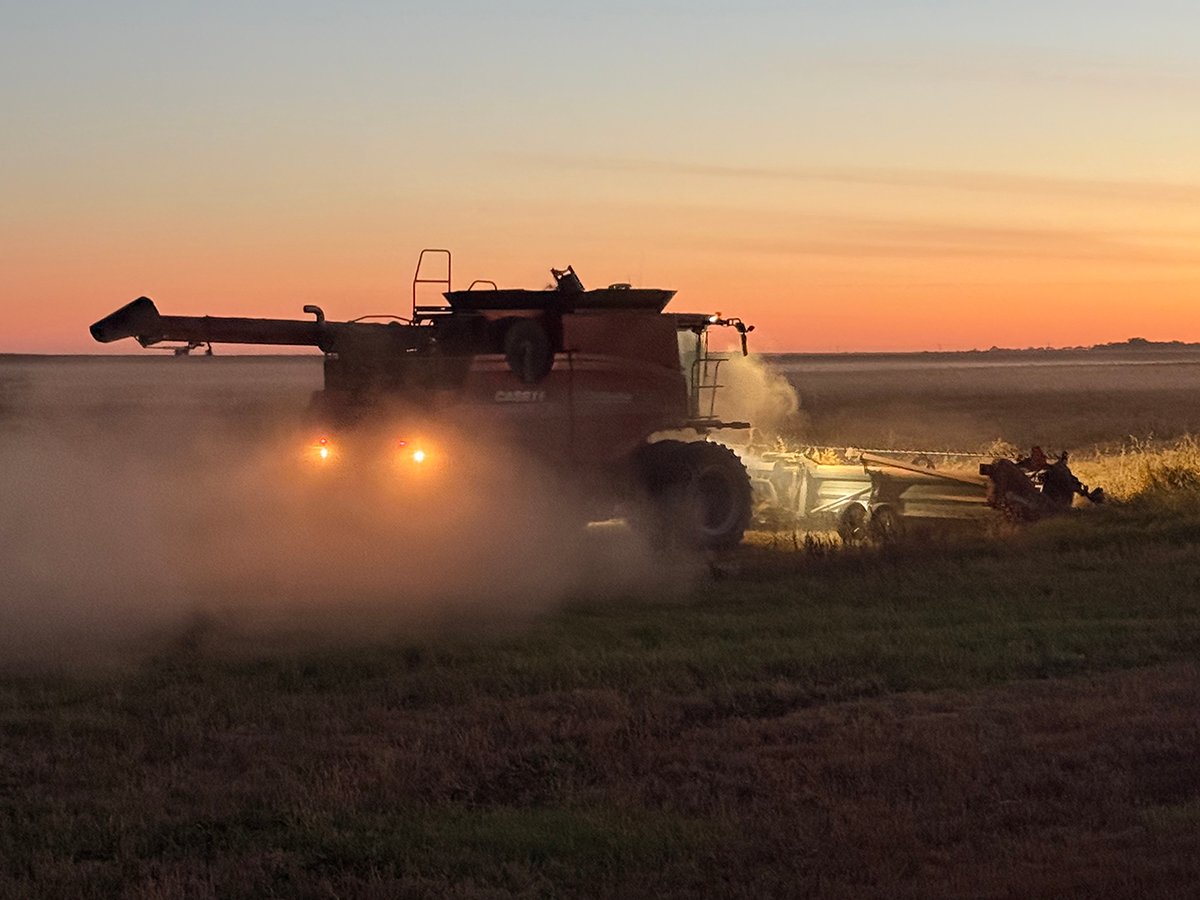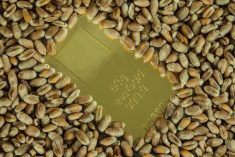Remember all the talk over the winter about the shape of the world economy following the 2008 crash? Various opinionators offered different outlooks, and the common practice came to be labeling each outlook with the letter that most closely resembled the outlook.
Everyone wanted to see a V-shaped recovery, in which the awful shape of the decline is paralleled by a sharp rebound from the bottom and a sharp rise higher like this: /. Put the two together and you’ve got a V.
That outlook was almost universally rejected as the slumping went on past the September-October onset. Economist Nouriel Roubini at first predicted a U shaped situation, in which a big slump is followed by a long flat bottom and eventually a rise. He also talked about an L shaped recession, in which the slump is followed by a long flat bit that just keeps going on.
Read Also

Downturn in grain farm economics threatens to be long term
We might look back at this fall as the turning point in grain farm economics — the point where making money became really difficult.
Recently the markets have become so optimistic that many analysts have dragged that poor old V out of the closet, dusted it off and offered it once more as the shape of things to come. With the S and P up 50 percent from its nadir in March, things are feeling very Veey right now.
Many folks around the world are sighing sighs of relief over the financial and economic depression they believe governments and central banks have managed to avoid. That optimism has allowed equity prices to soar, for one-time stinkbombs like Ford to become respectable investments again, for oil to regain and hold the $70 point that once spooked the market, and for crop market forecasters to predict that extra consumer demand in 2009-10 will help eat up what looks like another big U.S. crop.
The danger to crop prices is if this optimism about the return of good times is misplaced. I have a column on this topic in today’s issue of the Producer, so I won’t talk about this element in depth here, but simply put: if there’s another stock market and economic slump, there could be a bigger downside to crop prices than many farmers now realize. Prices are pretty stinky, but that doesn’t mean they can’t go down.
September and October are looming. Those are the traditional months of stock market crashes and they’re also the time that crop prices are generally weakest. Will there be an echo of the 2008 crash? A story in the Wall Street Journal recently discussed the observation made by some that economic shocks tend to have an echo in the next year. Could that happen in 2009? Wait and see.
Right now the markets are still optimistic, but touchy. There was a big worldwide selloff Monday as jitters overcame the optimism briefly, but that has now reversed. China’s markets rallied overnight and U.S. stocks look set to follow the upward path by more than a percent. So there’s still a lot of confidence out there that the worst times are past and won’t repeat.
But as the darker days of September, October and November loom, that mood may change.
Let’s hope we’re truly living on the / of a V, not in the middle peak of a W.

















